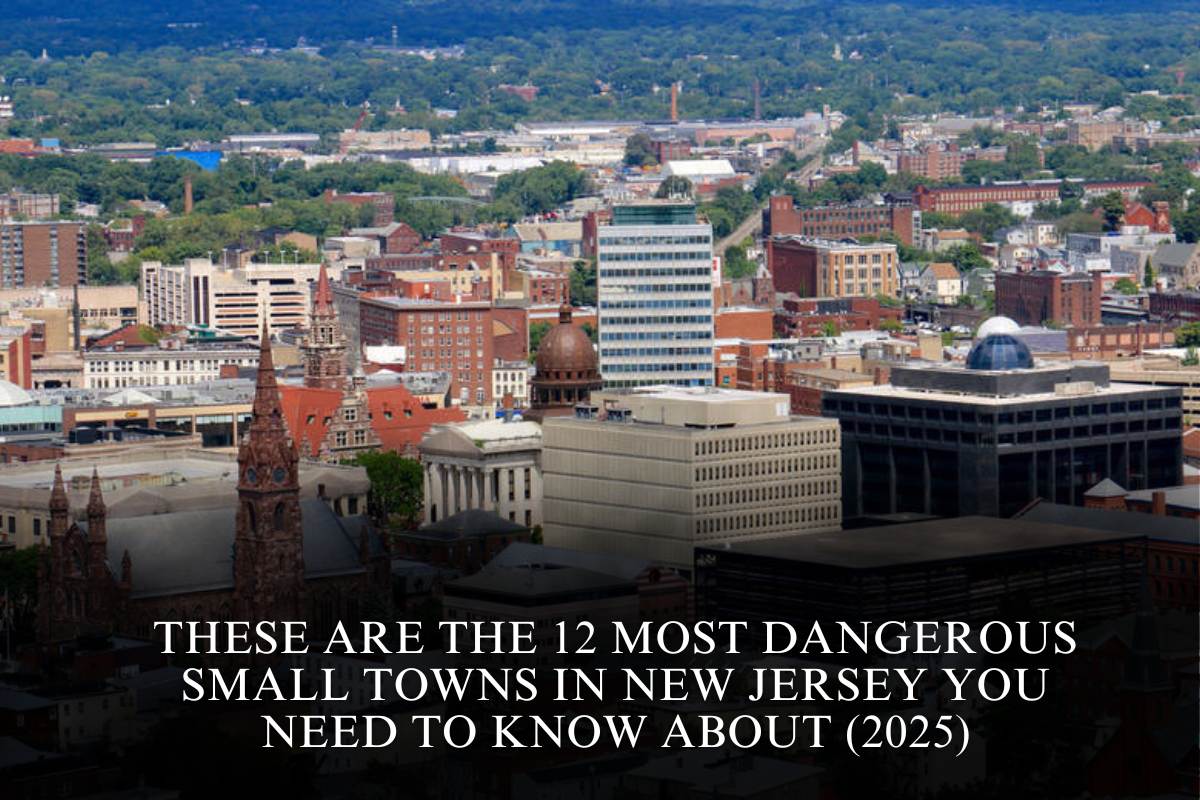The Texas housing market in September 2025 shows clear signs of evolving from a red-hot seller’s market to a more balanced, and in some areas, struggling environment. After several years of rapid price growth and limited inventory, a combination of rising mortgage rates, increasing listings, and economic uncertainty is causing a shift that could foreshadow further challenges for sellers and investors. Here are 15 disturbing signs the Texas housing market is cracking in 2025.
Rising Inventory Levels
Inventory levels in Texas have surged by over 25% year-over-year in many metropolitan areas, including Houston, Dallas, Austin, and San Antonio. This increase means more homes are available for buyers but also creates price competition among sellers. Higher inventory often signals reduced demand or overbuilding, both red flags for market stability.
Slowing Home Price Growth
Home price appreciation has decelerated sharply. Certain markets, notably Austin and San Antonio, are even experiencing year-over-year price declines of over 5-6%. This slowing is a stark departure from the double-digit annual growth rates experienced in recent years.
Increasing Days on Market
Homes are taking longer to sell compared to the fast turnaround seen in the last several years. Average days on market have jumped from under 40 days pre-pandemic to around 60 to 90 days in certain Texas metros. This change indicates buyer hesitation and sellers needing to adjust expectations.
Higher Mortgage Rates and Affordability Challenges
Mortgage rates have remained elevated in the 6.5% to 7.5% range, constraining affordability for many buyers. Despite some rate dips in late 2025, these higher borrowing costs limit buyer pools and increase monthly payments, reducing demand especially for entry-level homes.
Price Reductions and Seller Incentives
An increasing percentage of homes on the market now feature price cuts, mortgage buydowns, or seller-paid closing costs to attract buyers. This marks a significant change from tight market conditions where sellers could command premium prices quickly.
Sales Volume Decline in Major Cities
Sales volumes have declined noticeably in several Texas cities. San Antonio, for example, reported a 10% drop in closed home sales year-over-year, reflecting softness in buyer activity amid price and borrowing cost pressures.
Cooling Investor Activity
While investor purchases helped prop up the market in recent years, investor activity is cooling due to lower rental yields, rising financing costs, and increased caution. This reduction affects the number of cash buyers and demand for investment properties.
Rising Construction Activity Amid Growing Inventory
Builders have ramped up new home construction in response to demand forecasts, but increased inventory of existing homes combined with more new builds risks oversupply in certain markets. This oversupply can put downward pressure on prices and slow sales.
Economic Uncertainty and Inflation Pressures
Ongoing concerns about inflation, supply chain disruptions, and potential economic slowdowns weigh heavily on consumer confidence and real estate activity. Rising labor and material costs also limit builders’ ability to provide affordable housing.
Slower Price Appreciation Expected
Experts forecast just modest home price gains or flat price trends through the end of 2025. After years of rapid growth, this moderation reflects the market’s attempt to stabilize and align with long-term affordability.
Market Shifting Toward Buyer Advantage
More buyers are gaining leverage as homes sell closer to or sometimes below list price. Sellers must now compete on price, condition, and concessions in many areas where the market remains slow.
Higher Inventory of Luxury and High-End Homes
Luxury properties are seeing some of the greatest increases in inventory and days on market, as fewer high-income buyers make quick moves amid economic uncertainty. This segment is one of the slowest to recover from market shifts.
More Expired Listings and Withdrawals
Increased numbers of listings are expiring without offers or withdrawn early due to poor market reception. This trend highlights sellers facing difficulty adjusting to shifting buyer expectations.
Reduced New Buyer Demand
Demographic shifts, affordability limits, and economic concerns reduce the number of qualified new buyers entering the market. Millennials and first-time buyers are increasingly priced out, restricting demand growth.
Regional Market Disparities Grow
While Houston and Dallas show some market resilience, Austin, San Antonio, and other metros experience more significant slowdowns. This geographic disparity complicates market predictions and requires localized strategies for buyers and sellers.
Preparing for a Slower Market Ahead
Texas’ housing market in September 2025 is undeniably cooling, marked by rising inventory, slowing price growth, longer selling times, and increasing buyer leverage. While a major crash seems unlikely, these disturbing signs point to a more balanced or even buyer-favorable market at least through the near term. Sellers should expect to price homes more competitively and embrace concessions, while buyers may encounter more choices and negotiating power.
The evolving market underscores an important transition from the frenetic growth years toward a sustainable real estate cycle. Staying informed of local trends and economic factors will be essential for anyone navigating Texas housing in the months and years to come.
Sources
(https://www.homesforheroes.com/blog/housing-market-trends-september/)
(https://www.churchillmortgage.com/articles/september-2025-monthly-housing-market-update)
(https://www.har.com/blog_139446_porter-real-estate-market-update-and-trends-september-06-2025)
(https://www.independencetitle.com/where-are-we-headed-and-what-is-normal/)
(https://www.viprealestate.com/blog/2025-housing-market-predictions.html)







